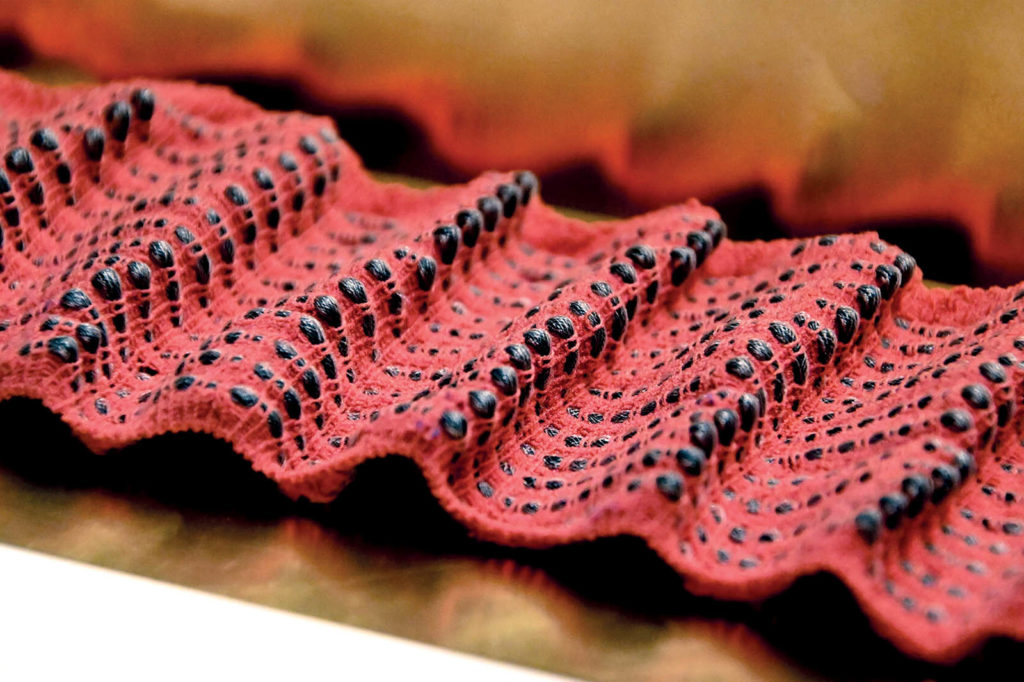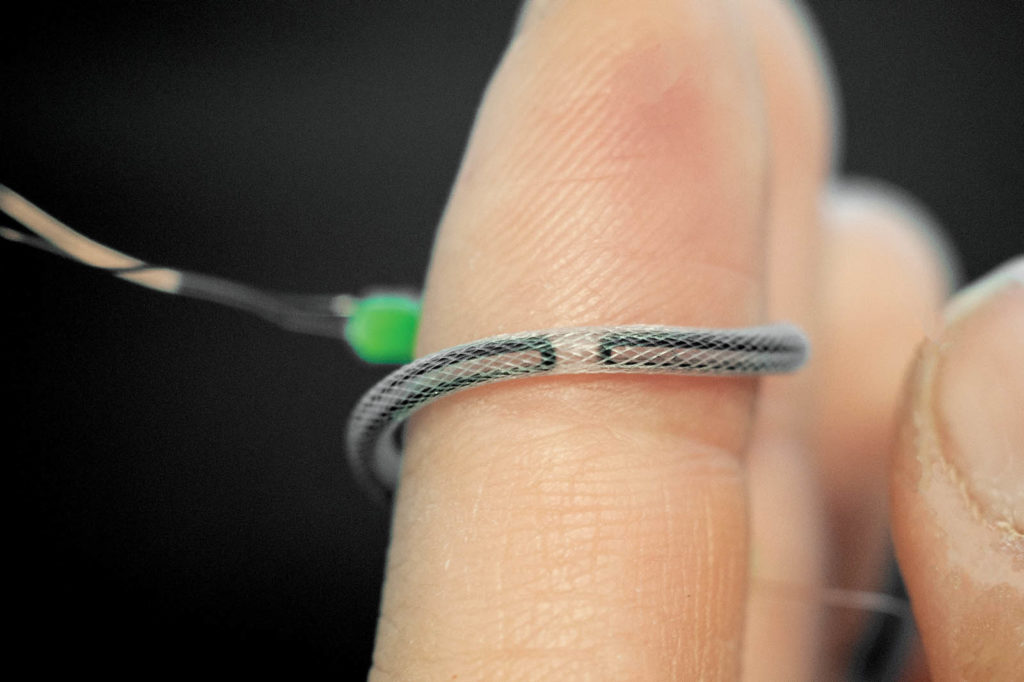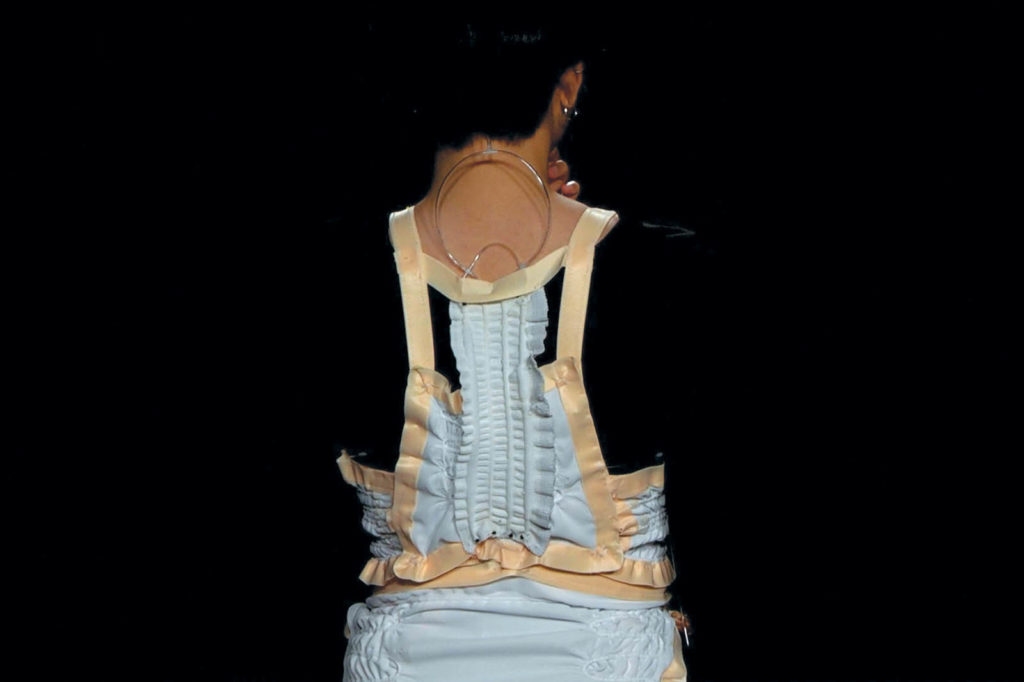
Researchers from Massachusetts Institute of Technology (MIT) and Sweden have developed a new “robotic” textile that can be woven into clothing. Called OmniFiber, the textile can sense and respond to the movement of its wearer, giving immediate tactile feedback via pressure, lateral stretch or vibration. With the help of compressed air, the fibers can bend, stretch, curl and pulse on demand. That allows them to provide tactile feedback in real time, making them akin to an artificial muscle.
Researchers believe the fabric could be used to make garments that singers and athletes can use to improve breath control. Such fabrics could also help users who are recovering from surgery or a disease that affects breathing capability and patterns. OmniFiber consists of multiple layers with a fluid channel in the center. The system can control the geometry of the fiber by pressurizing and releasing a fluid inside the channel. The fluid can be air or water, and when activated, the fibers act as an artificial muscle.

OmniFiber doesn’t need heat to change its shape, which makes it more practical since overheating the skin is not an issue. Also woven into the fiber are stretchable sensors that can detect and measure how much the fibers are stretched. The fibers are thin enough and flexible enough to be sewn, woven or knitted using standard, commercially available machines.
MIT researchers say OmniFiber has an architecture highlighted by multiple important features, including a very narrow size and inexpensive materials used in the construction. The material is able to be structured into
a variety of fabric forms and is compatible with human skin with an external material similar to polyester.

The material has been designed to provide a fast response time and enough strength and flexibility to provide rapid feedback. In its testing, the team designed an undergarment that singers can wear to monitor and record how the respiratory muscles move during a performance. The garment can provide feedback in later performances, encouraging posture and breathing patterns ideal for performance.
 TEXTILES.ORG
TEXTILES.ORG


